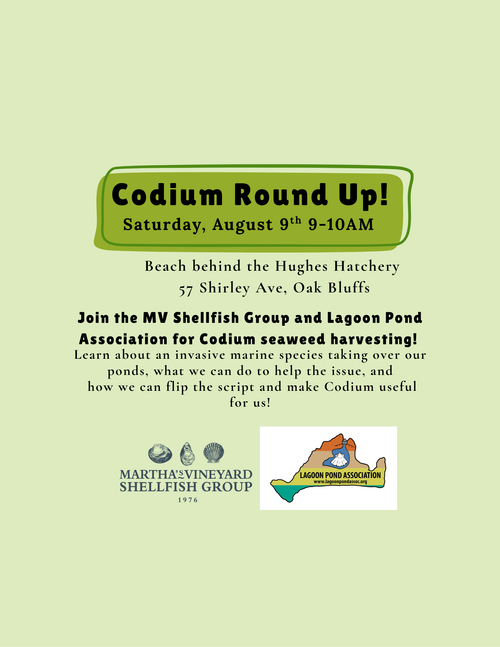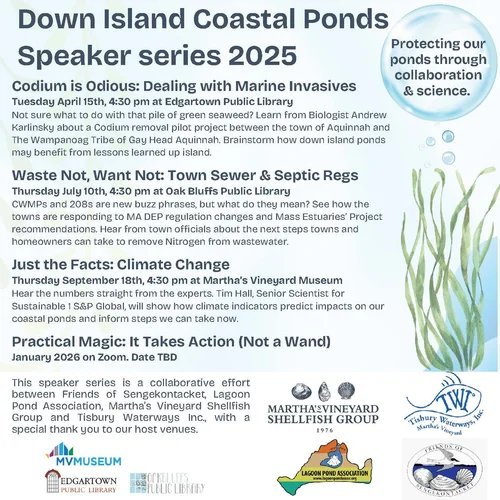
A grand time was had by all!

Join us for our last talk of 2025












 Our Fragile Pond
Our Fragile Pond Farm & Field: Scallops & Eelgrass
Farm & Field: Scallops & Eelgrass LPA supports Amendment 10 to protect river herring
LPA supports Amendment 10 to protect river herring